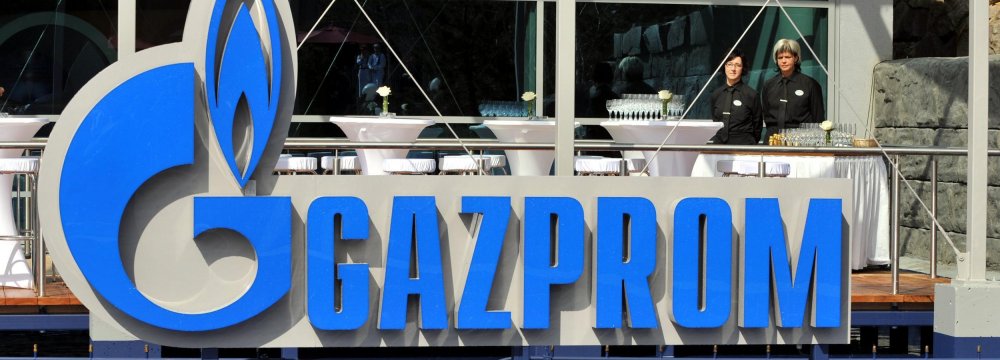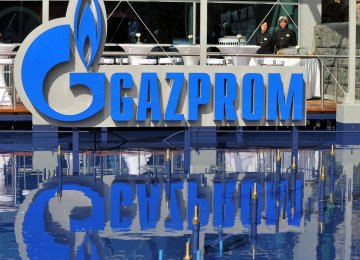Europe’s appetite for natural gas is leading to a growth “renaissance” as its stores of the fuel languish at the lowest levels since 2013, according to Gazprom PJSC.
Europe’s appetite for natural gas will probably meet or even exceed last year’s growth as the region needs to replenish its lowest gas storage levels since 2013, according to Gazprom, Bloomberg reported. A “conservative estimate” by the world’s biggest exporter is that Europe’s demand may increase by about 5% this year, Deputy Chief Executive Officer Alexander Medvedev said Thursday in an interview in Hong Kong.
The state-run company, which supplied record volumes to Europe last year and met more than a third of consumption, sees its 2017 shipments of “no less than in 2016,” he said. The European Union’s gas demand increased in 2015 after four years of decline. After the coldest January in seven years and plunging output at domestic fields, the region is getting increasingly dependent on foreign supplies of the fuel mainly used in heating.
“We see a renaissance now, so the 5% growth is a realistic figure,” Medvedev said. “Meanwhile, the production is falling and will fall further.” European gas consumption rose by 4.8% in 2016, according to a Gazprom estimate. By comparison, regional production will slump by 27% from 2014 through 2020, according to the International Energy Agency in Paris.
Europe needs “to fill in its storages, which have been emptied out -- we know that from looking at our storage, and from our colleagues,” Medvedev said. Nations may need to withdraw gas from storage during the summer months amid rising demand and maintenance on pipelines, he said. Gazprom sees its market share in Europe stable or even increasing to 35% by 2025, executives said earlier this week meeting investors in Singapore and Hong Kong. The company will not need any “radical” changes in its pricing formulas since it now has a hybrid pricing system with some volumes supplied with a link to market rates and some linked to oil, the tool which has been used in Europe for the past four decades, he added.











Add new comment
Read our comment policy before posting your viewpoints